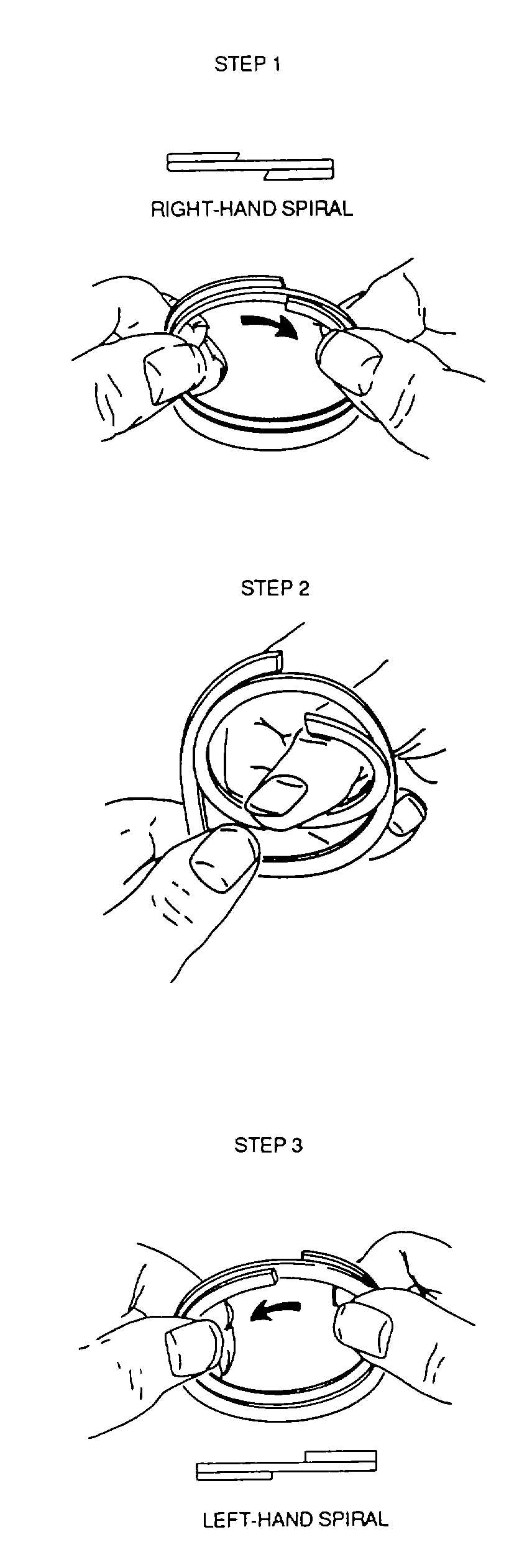TM 1-1500-204-23-2
4-9. Swaged Tubing Repairs. The basic element of the repair technique is
the Permaswage fitting, which is mechanically swaged onto the tube by a
hydraulically operated tool. Fittings are available in configurations
including permanent unions and shapes (elbows, tees, and crosses), flared,
flareless and lip seal separable sleeves and unions, as well as
combinations of permanent and threaded fittings See figure 4-78. This
repair technique is only applicable to tubing assemblies not exceeding the
material-line-size-operating pressure requirements of table 4-35. The
repair method is not to be used with annealed corrosion-resistant steel or
5052 aluminum tubing.
CAUTION
Permaswage
fittings
are
manufactured
using
21-6-9
corrosion-resistant steel and are compatible only with those
tubing materials specified In table 4-35. The use of 21-6-9
Permaswage fittings with tubing material other than that
specified in table 4-35 will result in an unacceptable (or
unsafe) repair and is prohibited.
a.
Application. Four basic types of tube assembly failure lend
themselves to permanent repair using Permaswage techniques. The
failure modes and the recommended repair method for each are described
in figure 4-79.
b. Technique. The Permaswage technique for tubing repair involves
cutting, deburring, tube end preparation, and swaging and gauging
operations. The following general procedure should be used when the
location of the tube ends must be maintained when marking any of the four
types of repair:
(1) Prior to cutting the tube, draw a line parallel to the tube run
across the section to be cut, using the marking pen and a ruler (see figure
4-80)
(2) Cut the tubing.
(3) If a tube end Is to be replaced, make sure the line Is placed in
the same location on the new tube as the tube section that has been
removed.
Figure 4-74. Reversing Spiral of
Teflon Backup Ring
4-87

